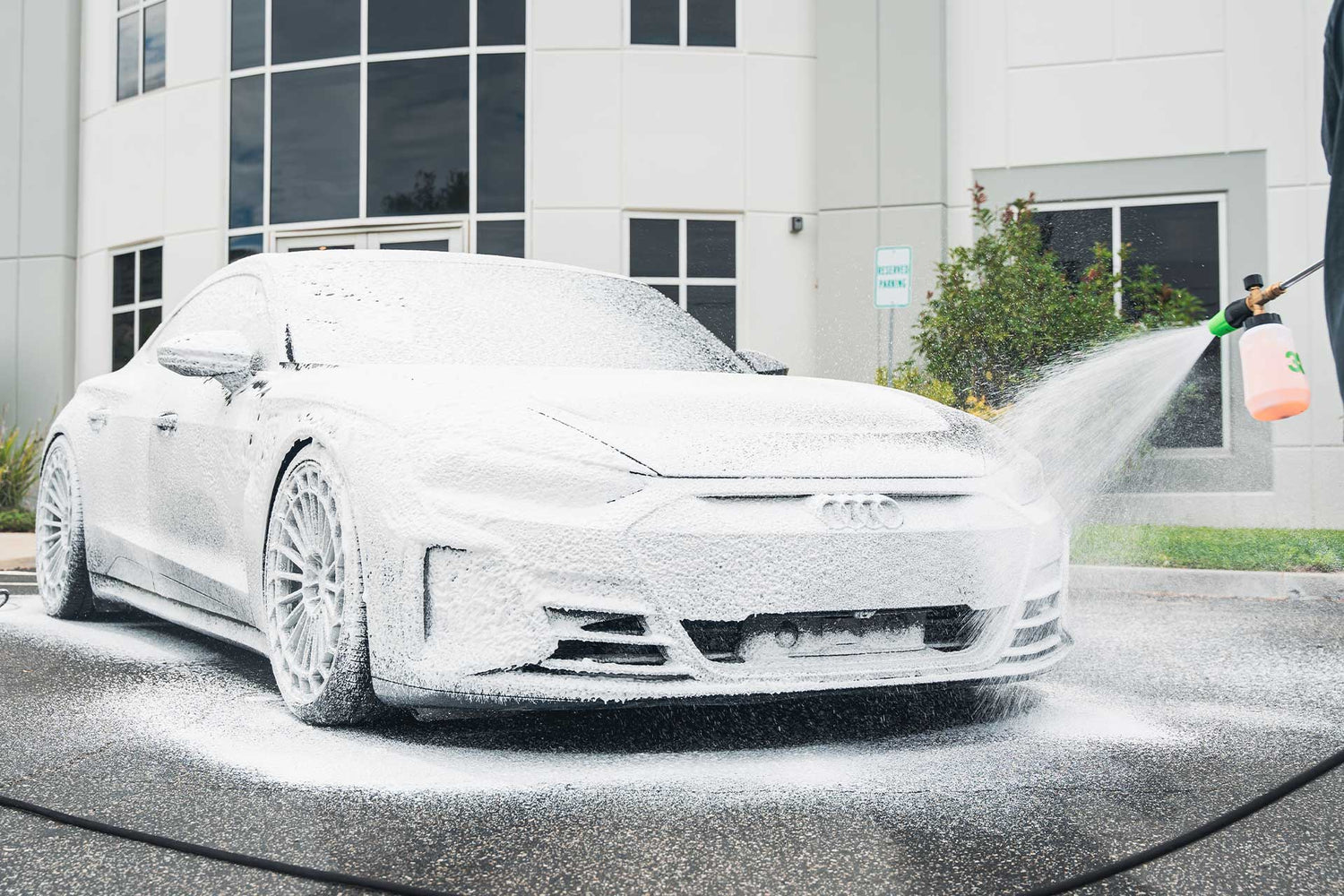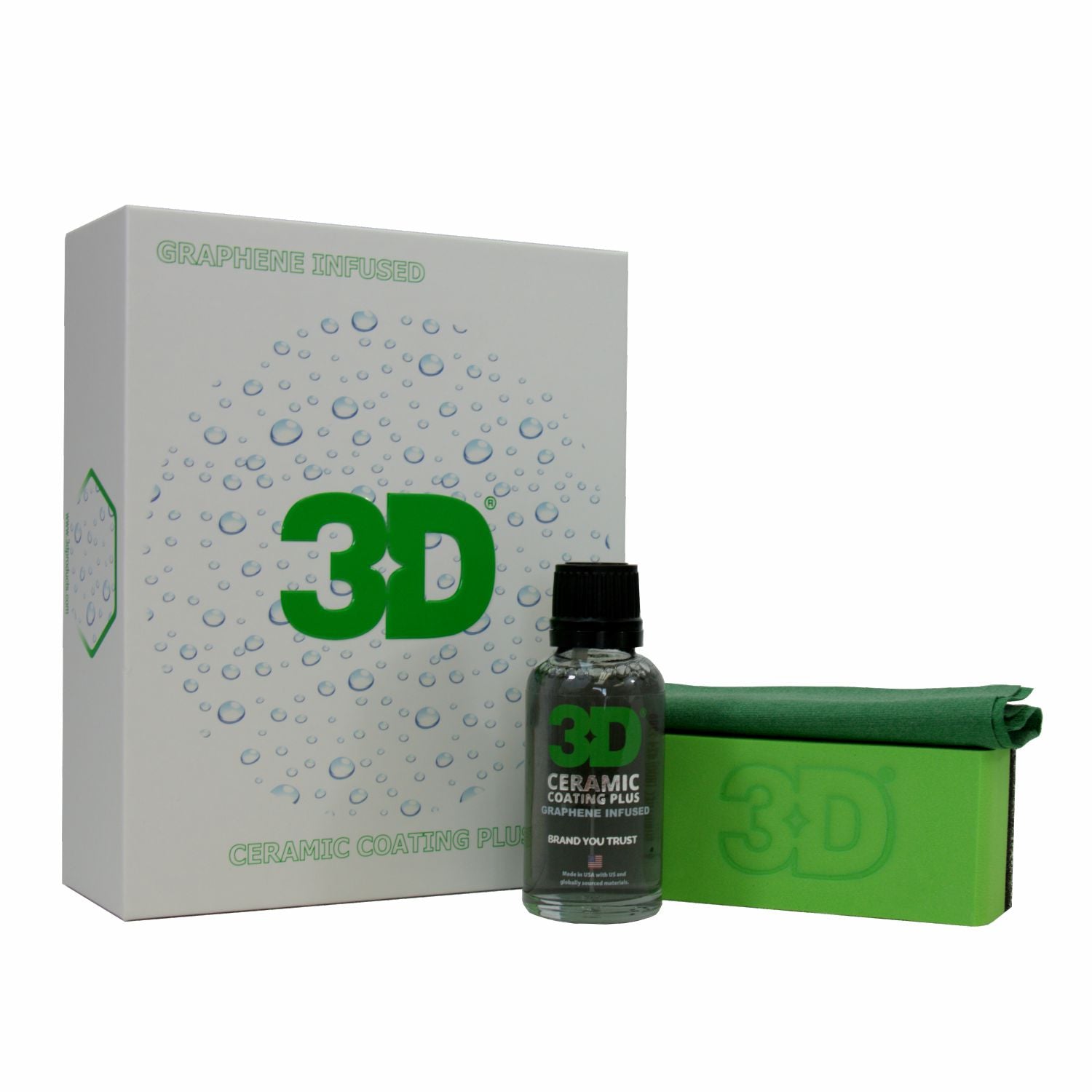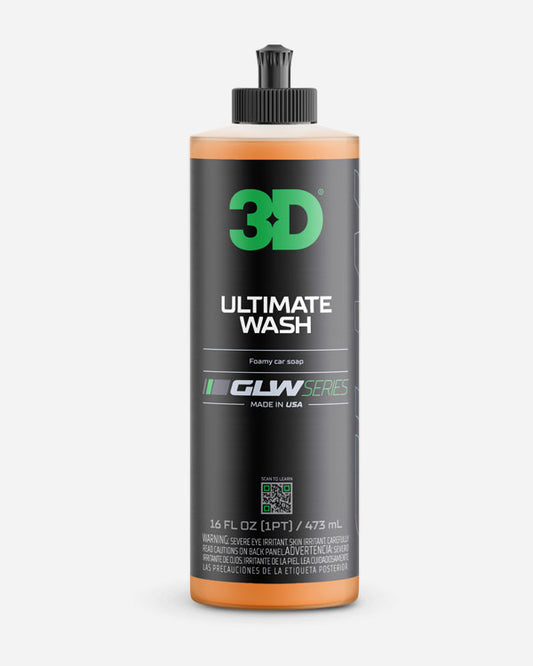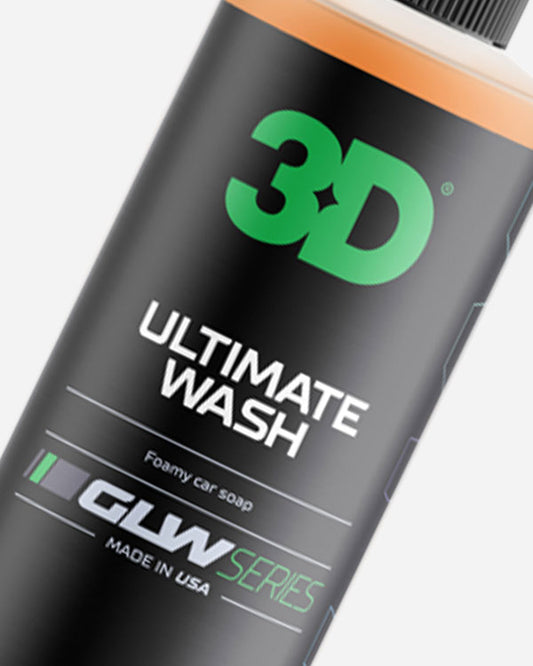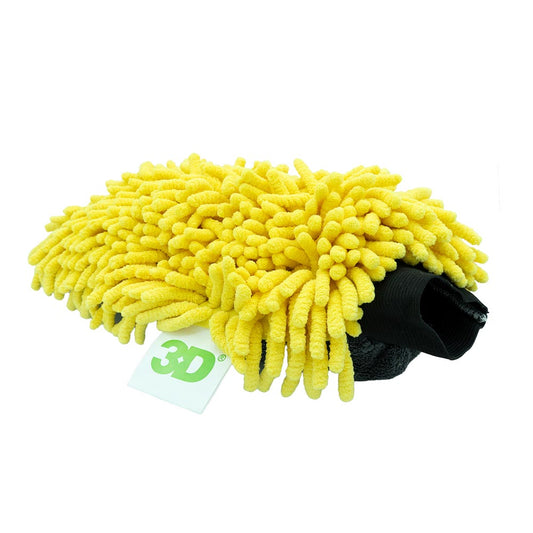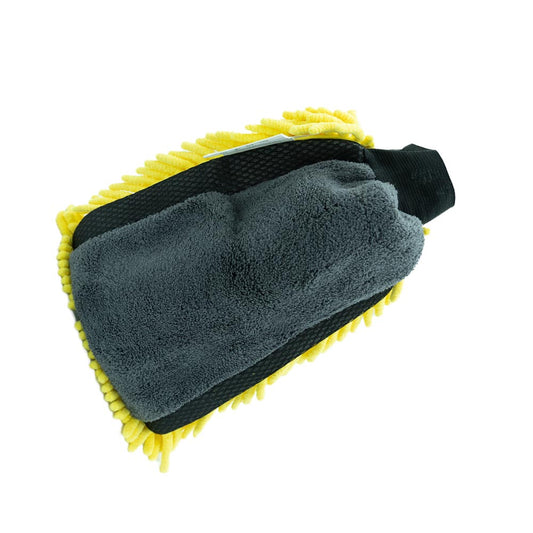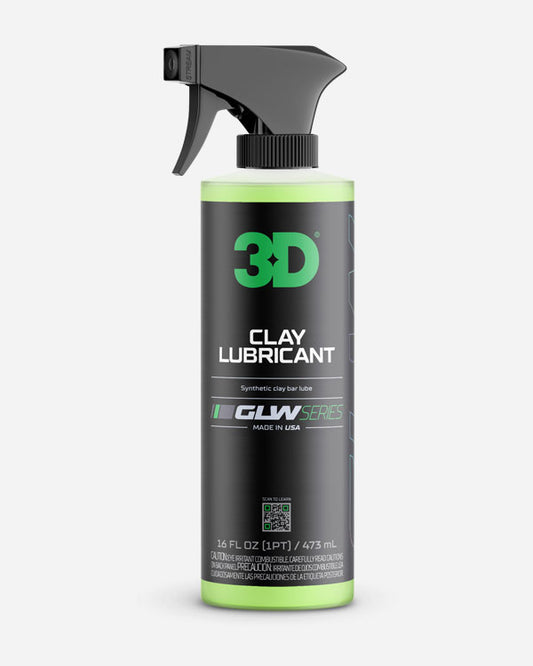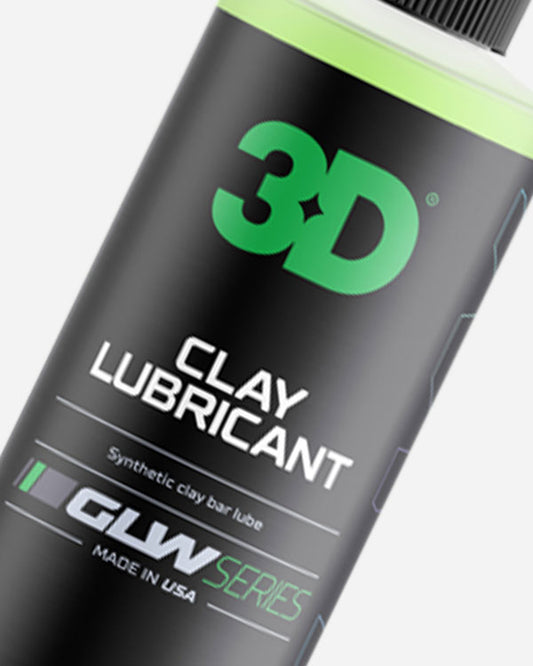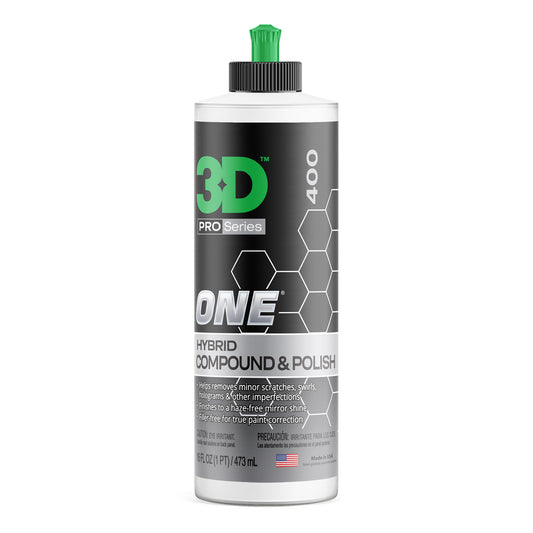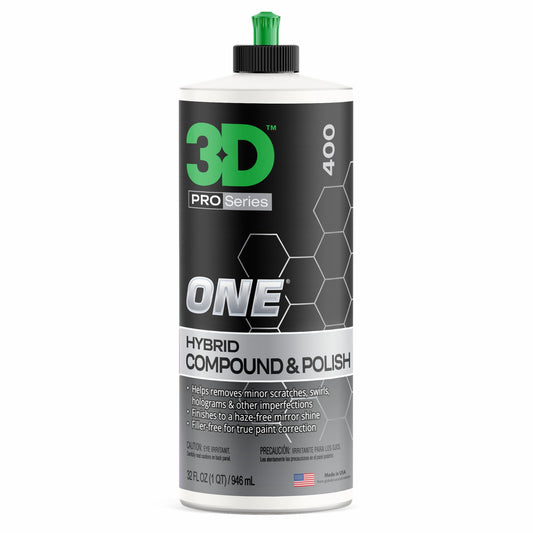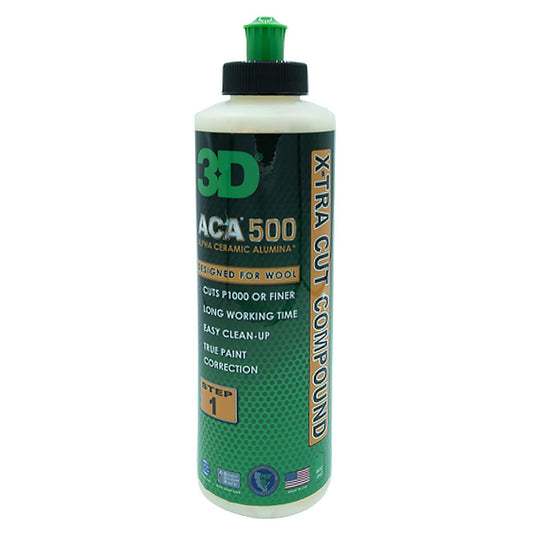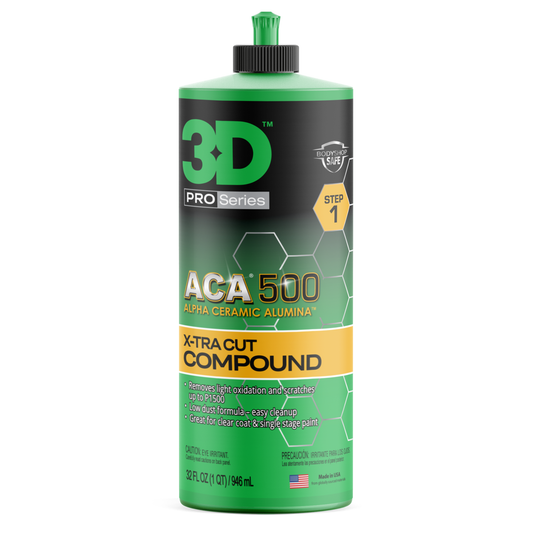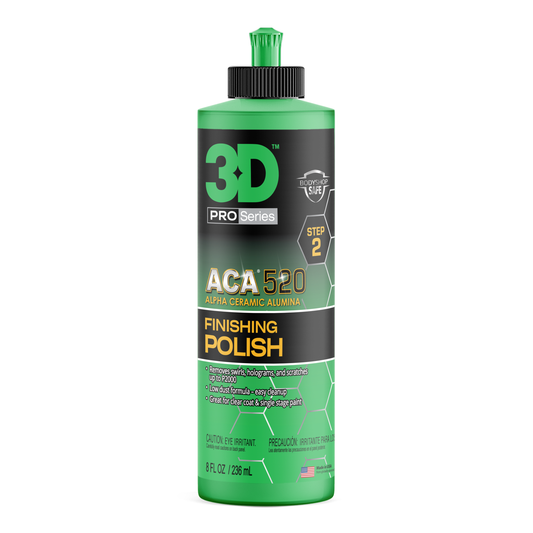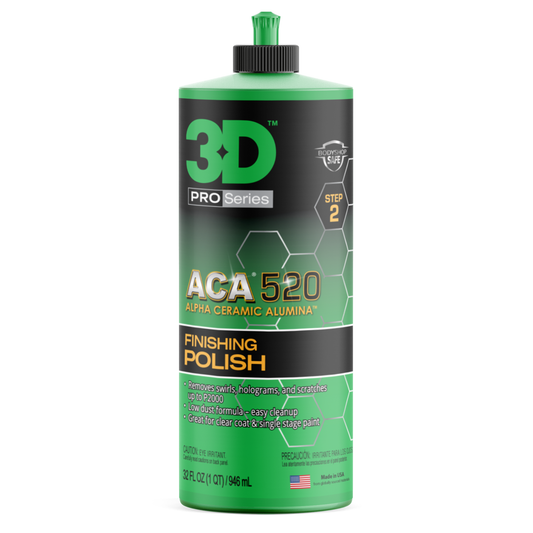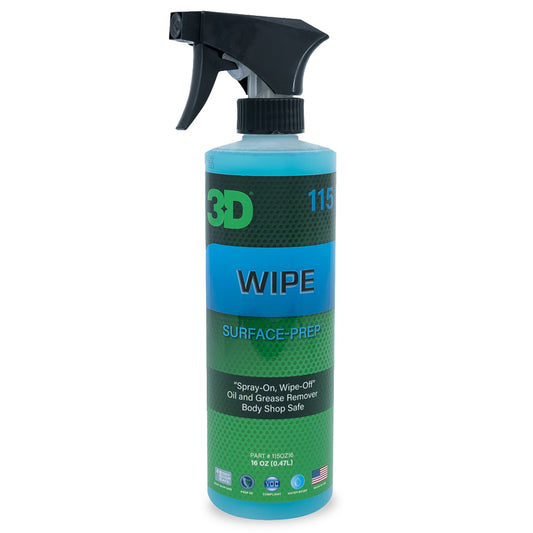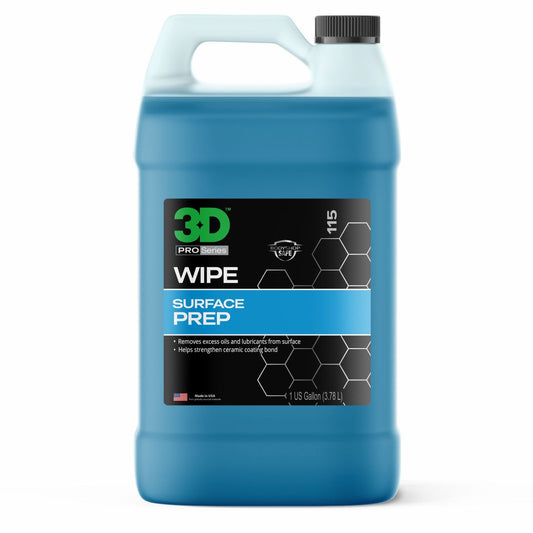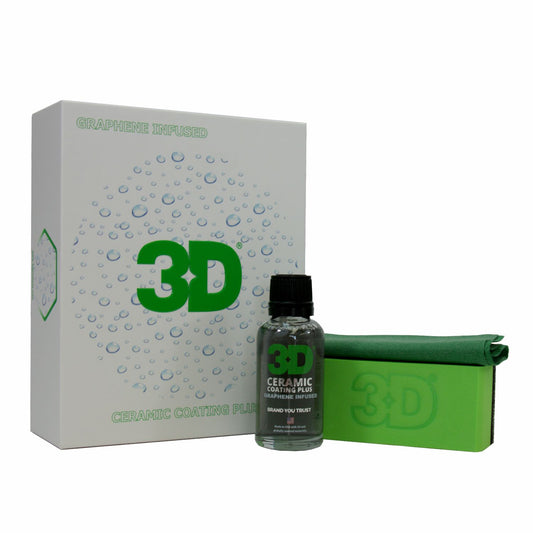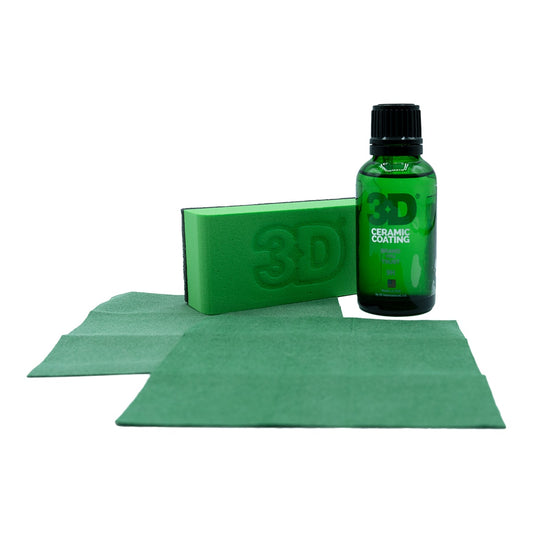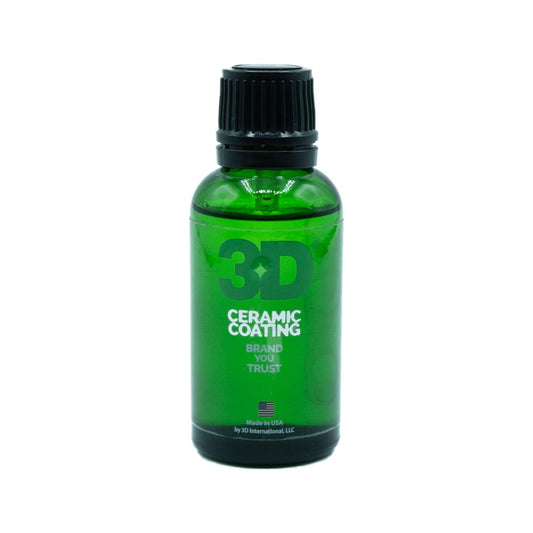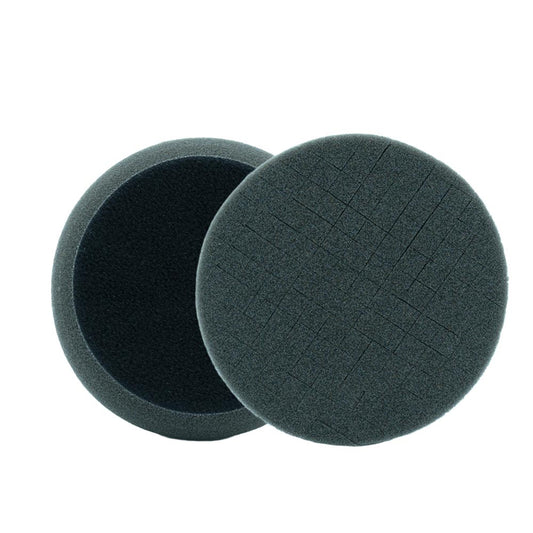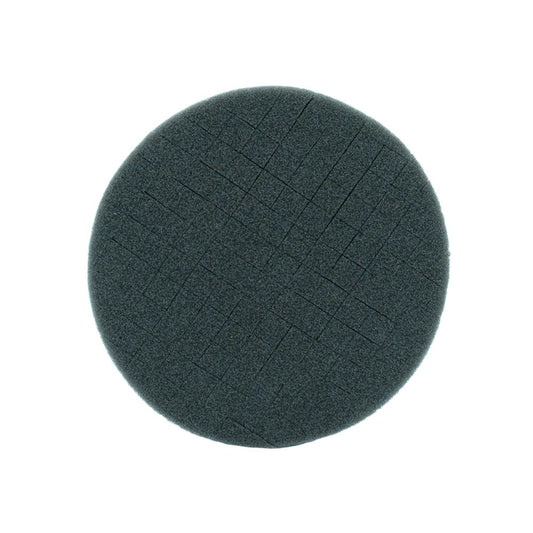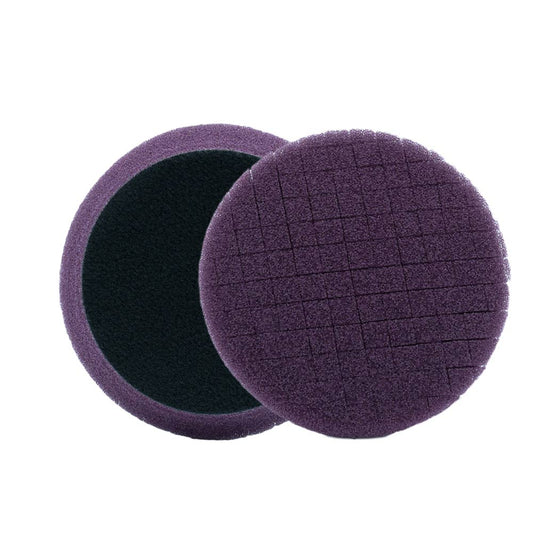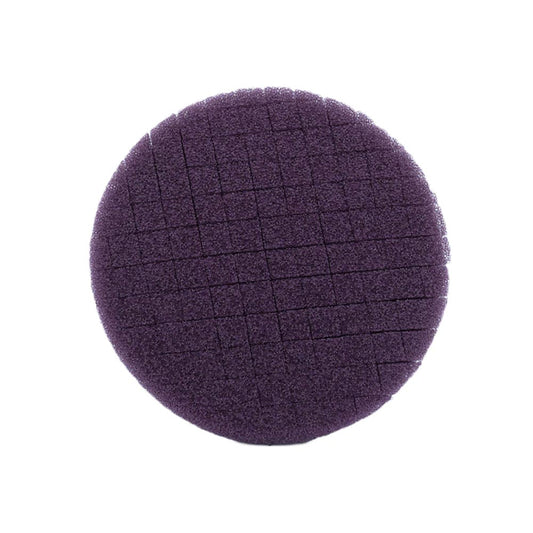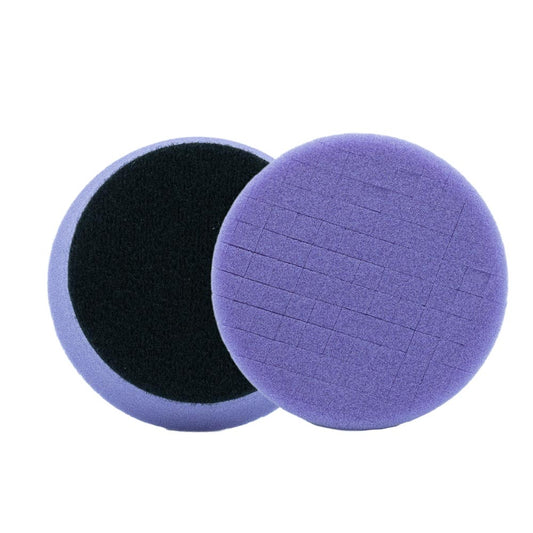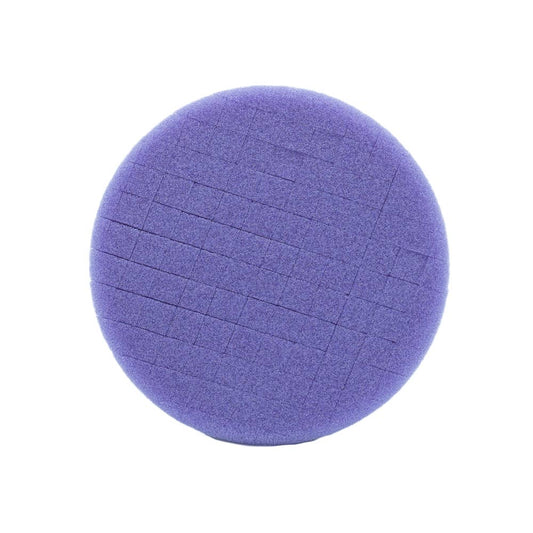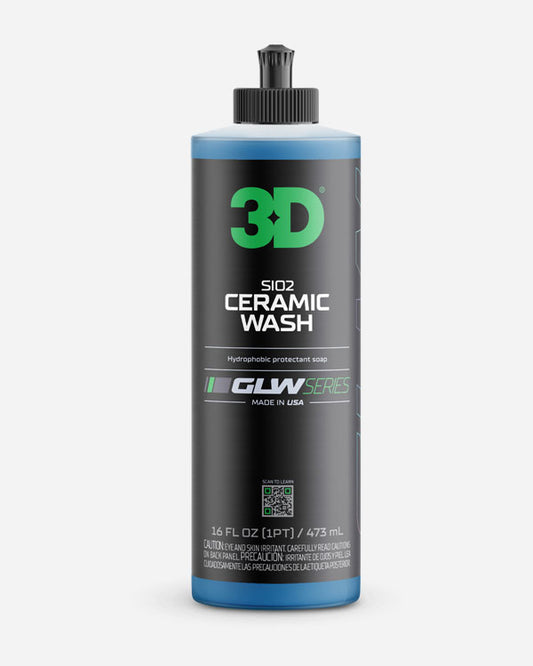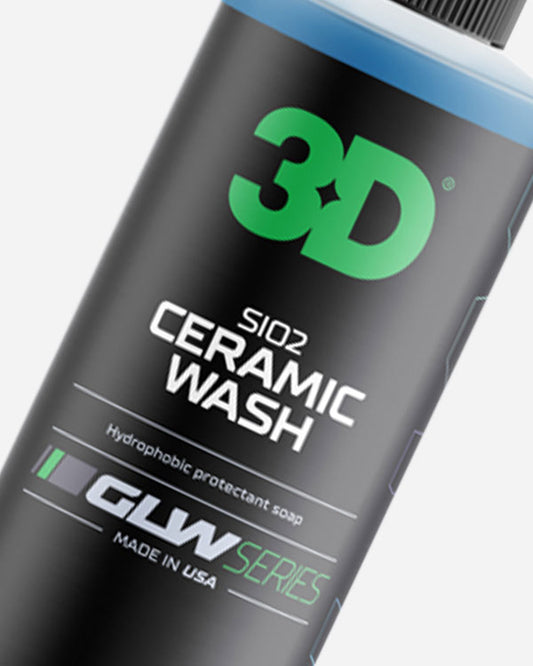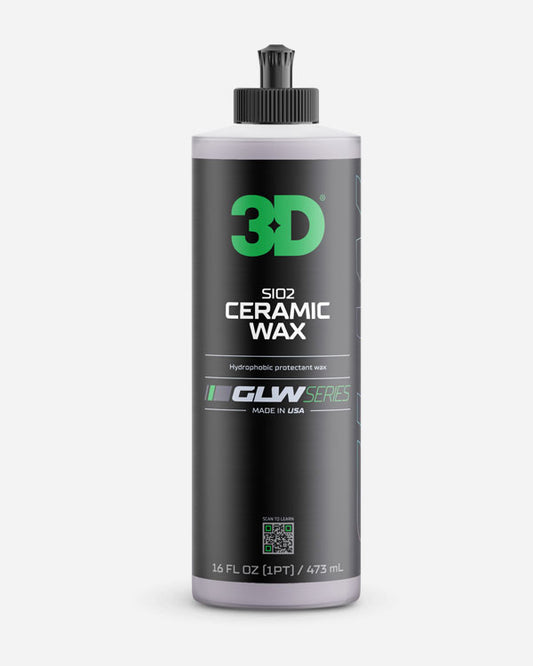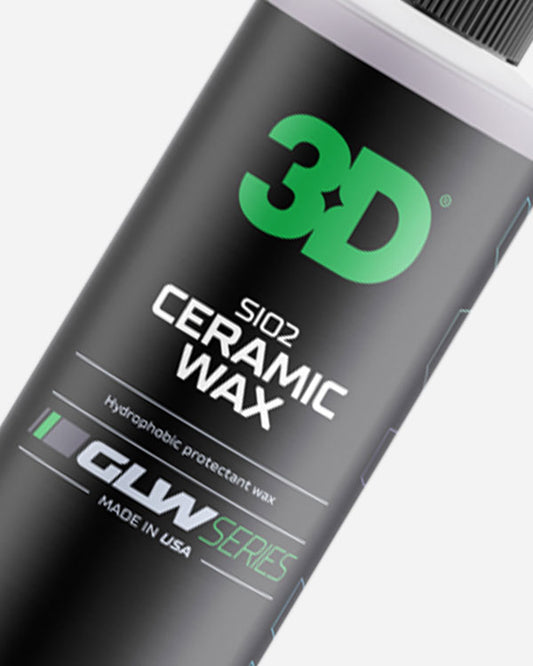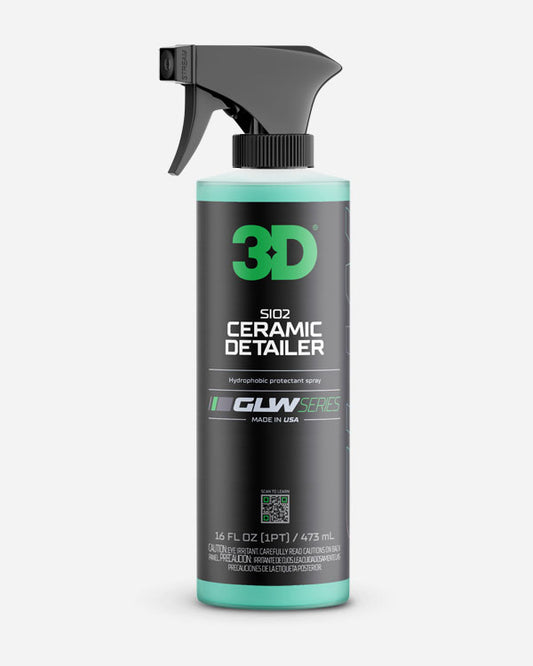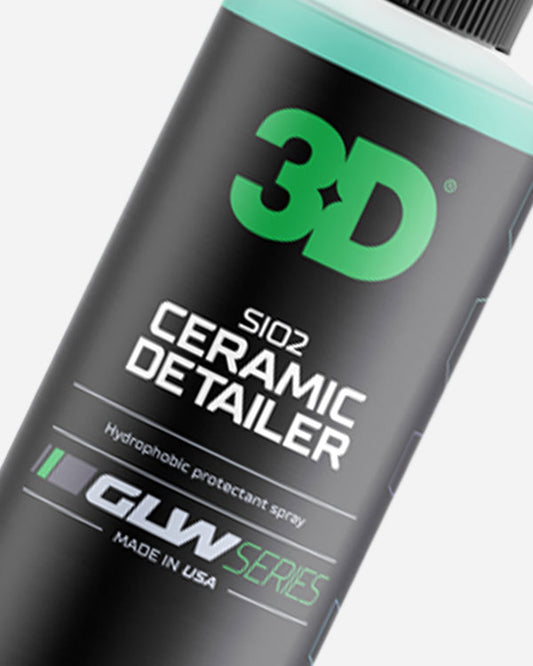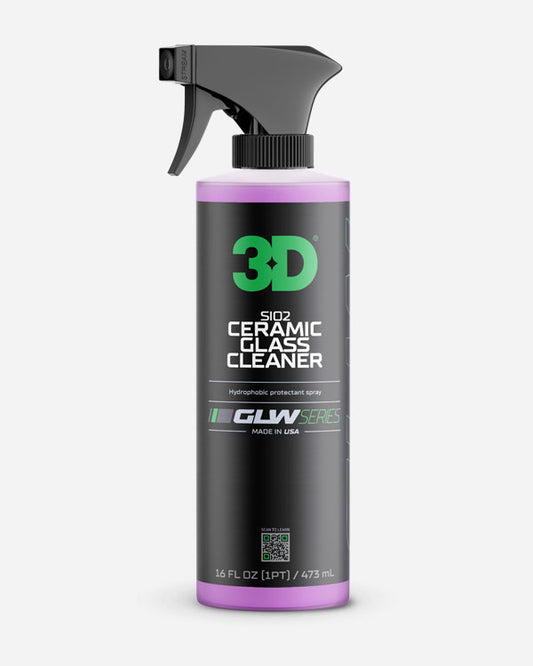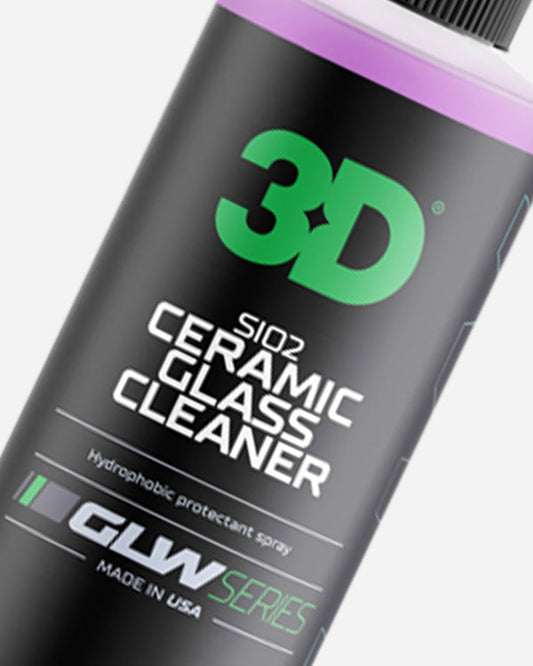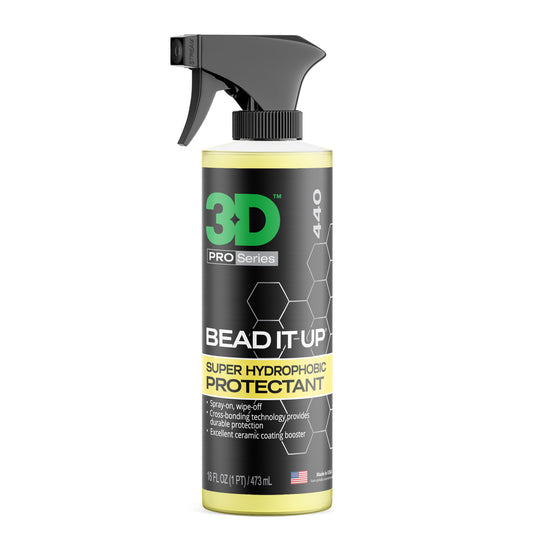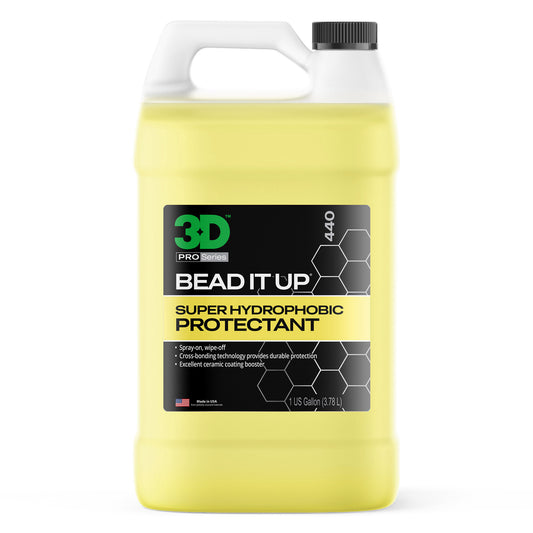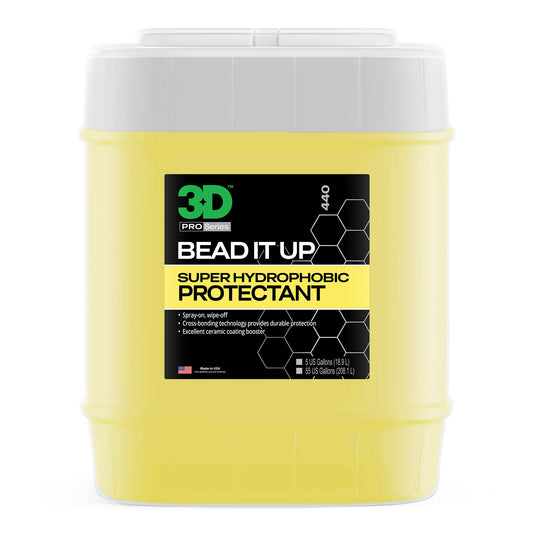Using a dual action (DA) polisher, whether free spinning or gear-driven, follows the same basic technique.
Here’s a step-by-step guide to help you achieve a professional finish on your car:
Step 1: Washing and Drying the Vehicle: Thoroughly wash the vehicle to remove all dirt and grime. Use a clean, debris-free wash mitt. Dry the vehicle completely to avoid water spots. Note that for taller vehicles like SUVs, trucks, and vans, use a step stool or work platform to reach the roof and other high areas.
Step 2: Paint Decontamination: Perform the Baggie Test to check for paint contamination. Place your hand inside a plastic baggie and lightly glide it over the car's surface. If you feel tiny bumps, the paint has above-surface bonded contaminants. Use a clay bar and a lubricant spray to remove these contaminants.
Step 3: Paint Correction: Use a quality cutting and polishing compound, like 3D ONE, which is a true single-step solution to paint correction, or dedicated compounds such as ACA 500 and ACA 520. Although these products can be applied by hand, optimal results are achieved by using a dual-action polisher. Apply the compound and correct the vehicle to remove impurities, swirls, scratches, water spots, or oxidation. The goal is to restore the paint’s beauty before applying the ceramic coating.
Step 4: Preparation: Wipe each body panel with a surface prep solution after any paint correction steps. This step ensures the paint is perfectly clean, removing any residual chemicals or polishing oils. Proper cleaning allows the ceramic coating to bond correctly with the paint.
Step 5: Ceramic Coating Installation: Start at the highest point of the vehicle (roof) and work your way down. Divide large panels (roof, hood, trunk lid) into smaller sections. Apply the coating thoroughly to a section, wait 30 seconds to a minute for it to flash, then wipe with a clean microfiber towel. Level the coating to ensure a uniform layer and remove any excess product to avoid high spots.
Step 6: Leveling the Coating and Removing High Spots: Inspect each section with a strong inspection light (swirl finder light) to check for high spots (streaks or smears of coating not removed). High spots can harden and become difficult to remove. If found, use a compound or polish to remove them, then repeat the panel wipe and reapply the coating to the affected area or the entire panel.
